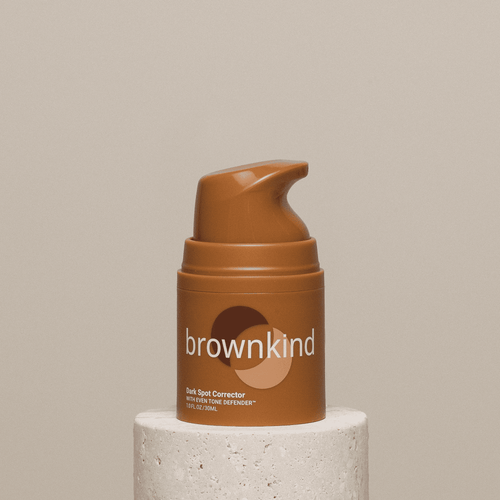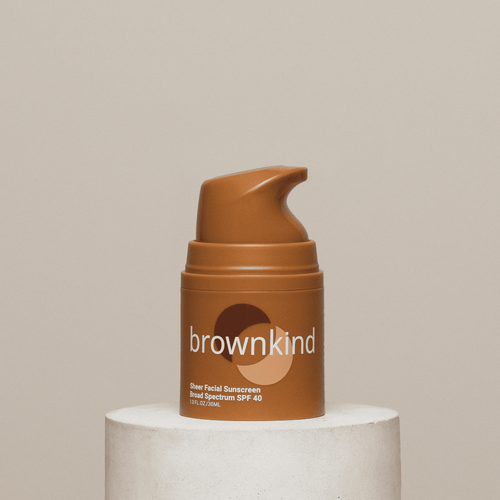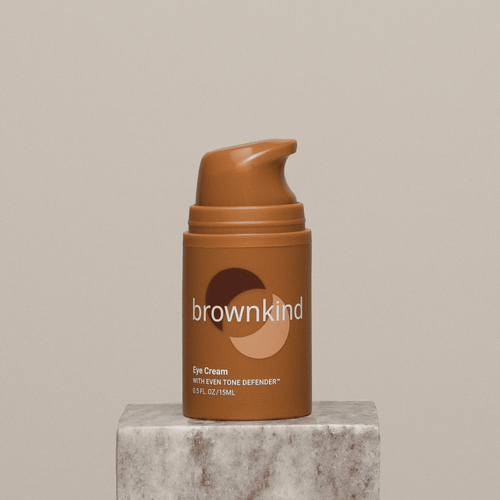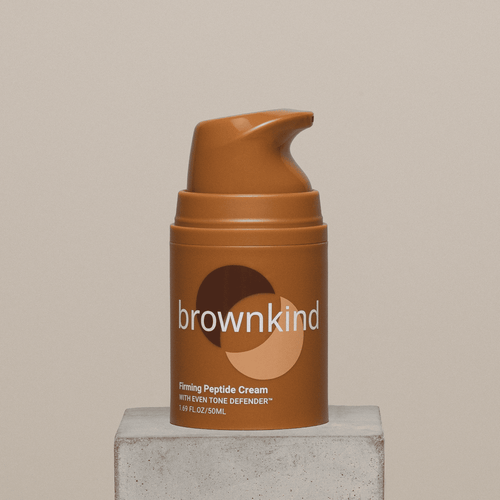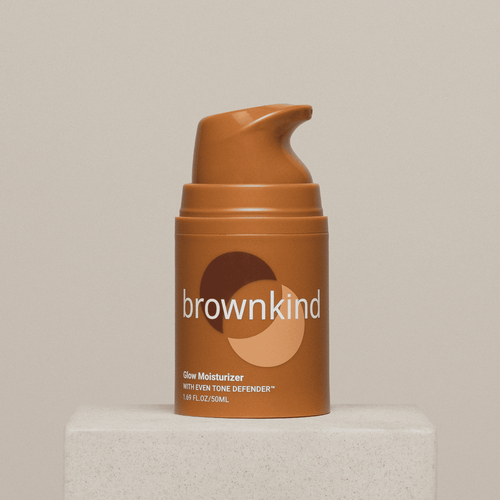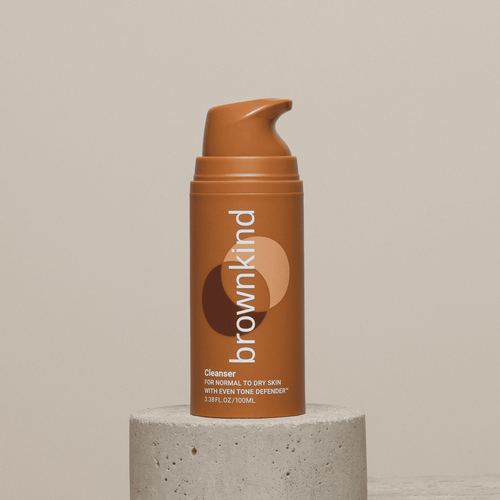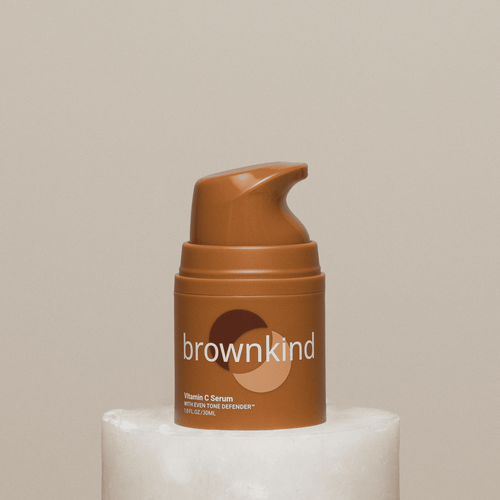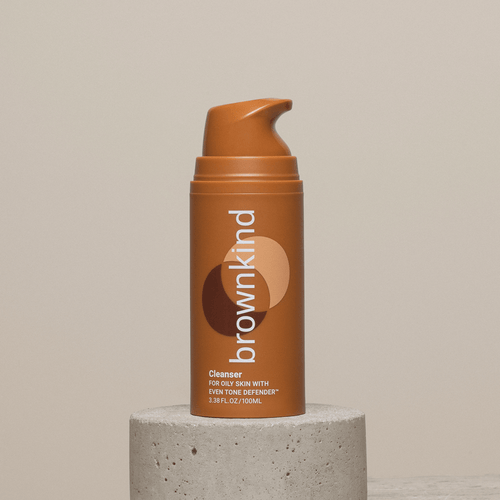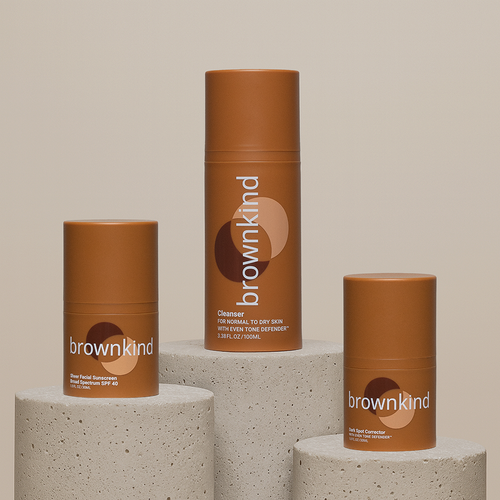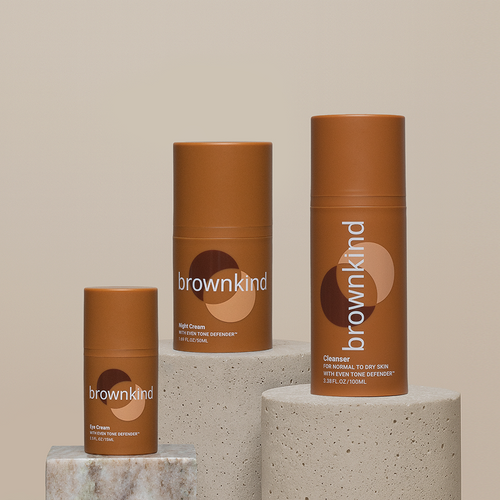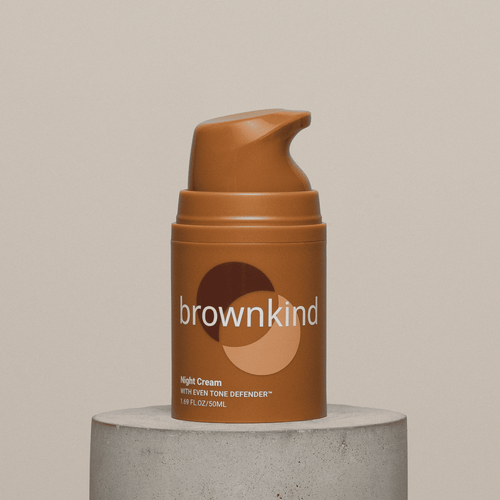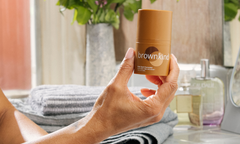Share

Melanin-rich skin has incredible strengths. It’s naturally more resistant to sunburn, often shows signs of aging later, and has a thicker dermis structure than lighter skin types. But that doesn’t mean sunscreen is optional. UV rays still penetrate deeper skin, and over time, this exposure can lead to long-term damage—including hyperpigmentation, collagen breakdown, uneven tone, and increased sensitivity.
Sunscreen isn’t about changing your skin—it’s about protecting what makes it powerful. It’s a simple step that supports your skin’s clarity, comfort, and long-term radiance.
What SPF Actually Means—and Why It Matters
SPF, or Sun Protection Factor, measures how well a sunscreen protects your skin from UVB rays, the rays responsible for sunburn and surface-level damage. Understanding SPF levels can help you make a more informed choice:
-
SPF 30 blocks about 97% of UVB rays
- SPF 40 blocks around 97.5%
- SPF 50 blocks approximately 98%
Even that extra 1% can matter over time—especially when managing hyperpigmentation, preventing tone unevenness, or protecting your skin from daily exposure.
Brownkind recommends using SPF 30 or higher daily, regardless of your indoor/outdoor time or skin tone. UV rays still reach your skin even on cloudy days, through car windows, and in indirect light.
Choosing the Right Sunscreen for Your Skin
The best sunscreen is one that fits into your daily routine without discomfort, residue, or disruption to your makeup (if you wear it).
There are three main types of sunscreen to consider:
Chemical Sunscreens
These absorb UV rays and convert them into heat. They’re often lightweight, easy to blend, and leave no white cast, making them great for deeper skin tones.
Mineral (Physical) Sunscreens
These use zinc oxide or titanium dioxide to sit on top of the skin and reflect UV rays. While ideal for sensitive skin, they can sometimes leave a white residue unless they’re tinted or micronized.
Hybrid Sunscreens
These combine chemical and physical filters for broad protection and are often the best balance of comfort and performance for melanin-rich skin.
When choosing a sunscreen, look for:
- Broad-spectrum protection (blocks both UVA and UVB rays)
- Non-comedogenic formulas (won’t clog pores)
- Lightweight textures that don’t leave a greasy finish
How to Apply Sunscreen for Real Protection
Sunscreen only works if applied properly—and consistently.
Here’s how to make it effective:
- Apply a nickel-sized amount to your face and neck
- Don’t forget commonly missed areas like the ears, lips, back of the neck, and hands
- Make it your last step in your morning routine, applied after moisturizer and before makeup
- Reapply every 2–3 hours when spending time outside, especially during peak sun hours (10 a.m.–2 p.m.)
If you wear makeup, consider SPF sprays or sticks for midday touchups without disturbing your look. And yes—even melanin-rich skin needs reapplication. One morning layer is not enough for all-day protection.
Sunscreen and Melanin: Protection, Not Suppression
There’s often confusion around how sunscreen interacts with melanin. Some believe it’s not needed, or worse—that it dulls the skin.
The truth? Sunscreen supports melanin by preventing the kind of inflammation and UV-triggered pigmentation that can cause long-lasting discoloration.
If you're using products like vitamin C or niacinamide to help manage dark spots or improve skin clarity, sunscreen is a required partner. Without it, those active ingredients can become less effective—or worse, leave your skin vulnerable to even more UV-triggered pigmentation.
Sunscreen doesn’t erase melanin. It preserves the richness, consistency, and strength of your skin tone.
Clearing Up Common Misconceptions
Let’s address a few of the most persistent myths:
“I don’t need sunscreen unless I’m in the sun.”
False. UV rays penetrate windows and clouds, so even indoor exposure adds up.
“My makeup has SPF, so that’s enough.”
Not quite. You’d have to apply a very thick layer of foundation to match what a true SPF provides. Use makeup as a supplement—not a substitute.
“Sunscreen leaves a white cast on dark skin.”
That used to be true—but now, modern chemical and hybrid formulas are designed for deeper skin tones, leaving no visible residue.
Where Sunscreen Fits in Your Routine
Your morning skincare routine should always end with SPF. Here’s how to build around it:
Cleanser
- For oily skin, use a cleanser with 1% salicylic acid to control oil and unclog pores
- For normal to dry skin, opt for a gentle, non-stripping cleanser to maintain hydration
Moisturizer
Choose one with ingredients like glycerin, squalane, or saccharide isomerate to support hydration and strengthen your skin barrier.
Sunscreen
Apply generously and evenly over the face and neck. If applying makeup, let sunscreen absorb first, then layer makeup on top.
And remember: reapplication is just as important as your morning layer—especially if you're active, sweating, or spending time outside.
Protect What Makes You Radiant
Sunscreen is more than a seasonal accessory—it’s a year-round essential. For melanin-rich skin, it’s one of the simplest, most powerful ways to preserve tone clarity, prevent dark spots, and support healthy aging.
Your skin is worth protecting. With the right formula and a little consistency, sunscreen helps you maintain your natural glow and protect it for years to come.
Need help choosing the best sunscreen for your skin type? Or wondering how to layer it with your current routine? We’re here to help you protect what makes you radiant—on your terms.
